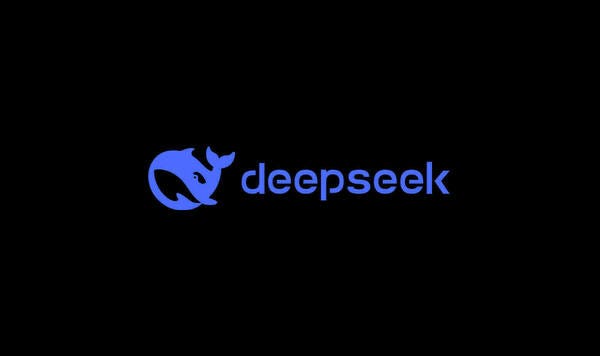DeepSeek: A Disruptor in the Global AI Landscape
Was DeepSeek Such a Big Deal? 🔗

DeepSeek has emerged as a significant player in the global AI landscape, challenging established companies like OpenAI and NVIDIA with its cost-effective, open-source AI models. Initially celebrated for its R1 model in January 2025, which prompted a stock sell-off for NVIDIA and predictions of a tech downturn, DeepSeek has faced delays in releasing its follow-up model, R2. Despite its initial hype, the long-term impacts on the AI industry reveal a complex landscape where DeepSeek's influence is felt more strongly within China, driving down prices and encouraging competition among local firms. However, challenges such as geopolitical concerns and privacy issues hinder its global adoption. The company’s innovative approach is reshaping the open-source AI ecosystem and inspiring a wave of new startups aimed at international markets, while also reflecting a shift in perceptions about Chinese technology.
- DeepSeek's R1 model revolutionized AI pricing and performance but faced delays for R2.
- Its impact is felt more in China, leading to a price war among local companies.
- Western firms remain cautious due to privacy concerns regarding Chinese AI models.
- DeepSeek has encouraged a shift towards open-source strategies within the industry.
- New startups inspired by DeepSeek are targeting global markets from the outset.
What is the significance of DeepSeek in the AI industry?
DeepSeek is notable for its innovative, open-source AI models that challenge the dominance of major Western tech companies, driving competition and lowering prices in the AI market.
Why has DeepSeek's follow-up model, R2, been delayed?
The release of DeepSeek R2 has faced delays reportedly due to unsuccessful attempts to train it on Huawei's AI chips instead of NVIDIA’s.
How has DeepSeek influenced Chinese AI companies?
DeepSeek has triggered a price war in the Chinese AI market, pushing local companies to reduce their prices significantly and adopt open-source strategies while competing for performance and market share.